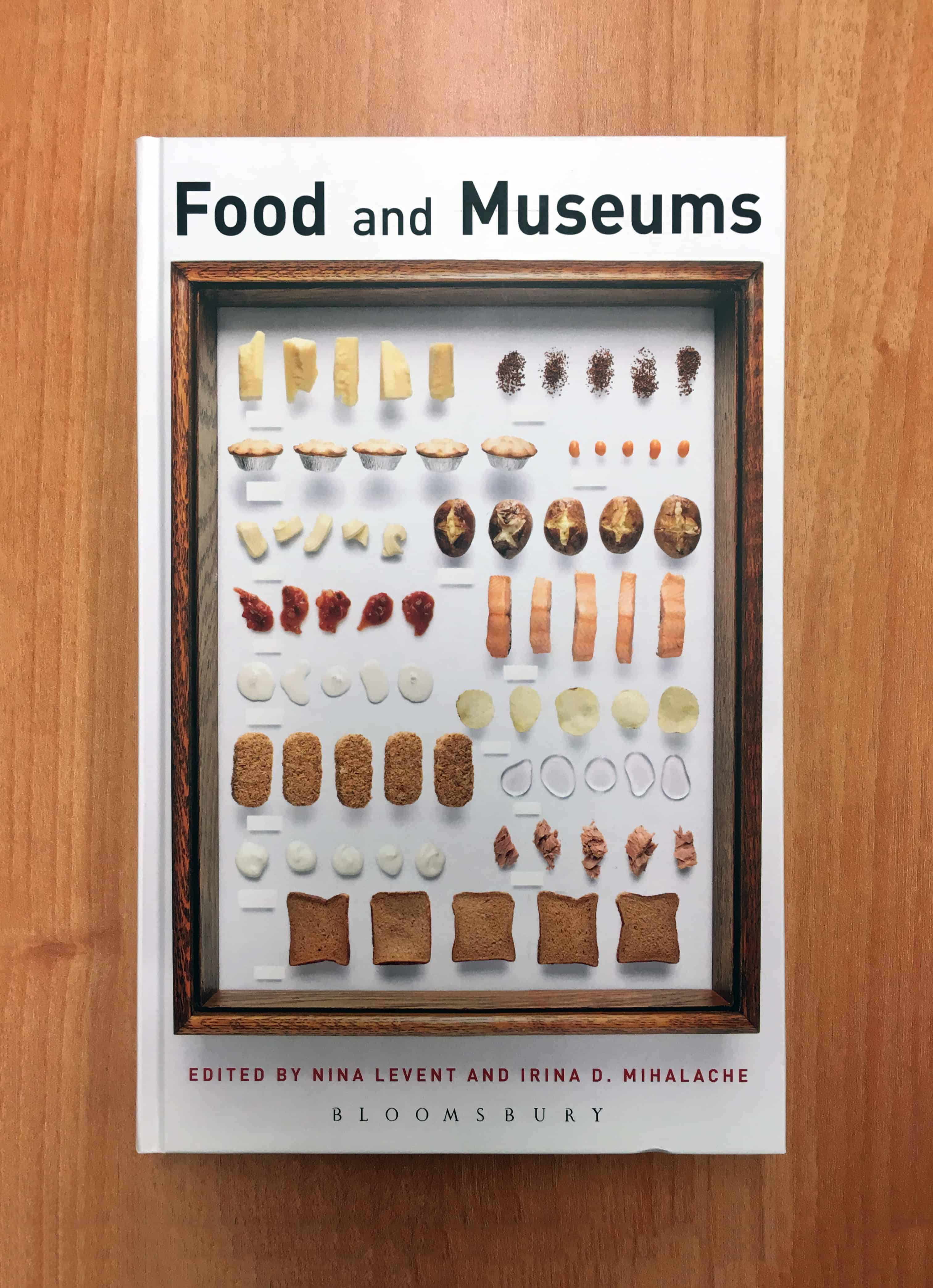Irina D. Mihalache, Professor at the University of Toronto’s iSchool, has helped curate a newly published book with Nina Levent, titled Food and Museums. The book examines how food occupies space in museological settings, allowing it to become part of the museum itself.
In turn, consumers may become more interested in what they eat — in the history of the recipes before them, the people that have cooked these foods, and the transportation of their ingredients, for example.
On Food and Museums, Mihalache says that much publicity surrounds museum restaurants, eating in museums, and celebrity chefs who cook in museums. “Those were, and continue to be, the most visible ways in which I think the general population understands food and museums in a very contemporary setting,” she said.
She and Levant tried to examine the ways in which this interaction had not yet been discussed. “On the one side, you have exhibitions and collections, you have interpretation education as one major area of practise in museums, and then you have eating in museums and eating spaces,” she explained.
Mihalache examines this in her own chapter on the Fort York Historic Site, in which she interviews food writer and culinary historian Elizabeth Baird on the production of the historic foodways programme.
The Fort York Historic Site has an accredited kitchen where volunteer professional cooks attempt to revive and test out recipes that date back to World War I. “It’s very important in the work that they do that everything, every dish that comes out of the kitchen, is very meticulously researched, so for them recipes [are] a way to engage in different research strategies,” Mihalache said.
Mihalache also emphasized the importance of researching and testing out recipes as a gateway to understanding different historical periods from the 1870s to the 1920s: “What was the history that brought these ingredients here, how was it cooked, where was it cooked… they look very holistically at all the types of material culture and knowledges that you would need in order to produce that recipe.”
Food and Museums also explores the importance of food as a resource in Canada. “I think we all live in a time when there’s food talk everywhere. And if you don’t participate, you feel left out in social media circles, in your own community, like everybody is obliged to have some sort of a relation to food,” Mihalache said.
“Often times, especially in our global environments, we consume foods that’s not ours,” she added.
This is where the intersection between food, museums, and history becomes critical and ripe for analysis. Mihalache describes how culinary research centres are especially beneficial in recognizing these histories. “That’s the beauty of the culinary research centre… they are very connected with the food entrepreneurs… they want to give a voice… not speak for the restaurateurs but give them a space where they can speak for themselves and advocate for their own food cultures.”
Critically assessing food and having a discussion about multiculturalism and the consumption of different foods from across the globe is also important in Mihalache’s opinion.
“On one single plate you can have so many different types of geographies,” Mihalache stated. It is through the study of food and its intersections with museums, history, culture, and empire that Food and Museums will be able to generate discussion, perhaps even around the dinner table.


